Miau!? “You must be kidding me!”
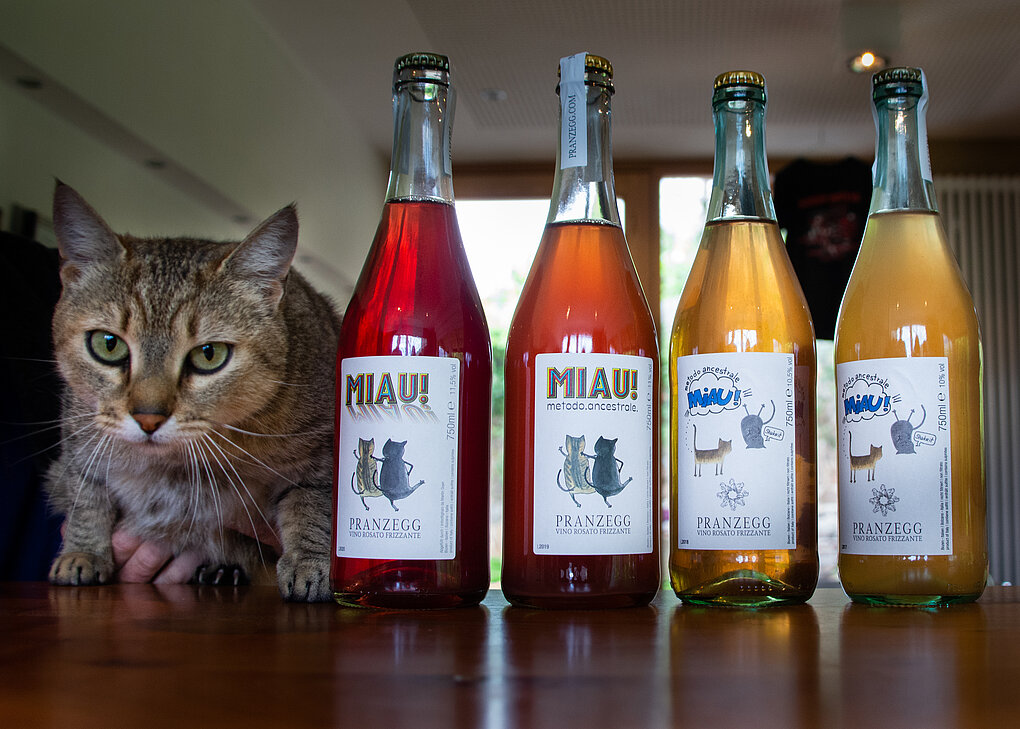
Miau! from Martin Gojer and Marion Untersulzner of Weingut Pranzegg in Bozen, South Tyrol could not be more “critter,” but is it also more? By Daniel and Liliana Schönberger

Miau! from Martin Gojer and Marion Untersulzner of Weingut Pranzegg in Bozen, South Tyrol could not be more “critter,” but is it also more? By Daniel and Liliana Schönberger
Daniel Schönberger is an attorney in big tech. Besides the law, he studied bioethics and a little philosophy. He published a few articles on legal and ethical aspects of Artificial Intelligence but is new to wine writing. Daniel’s wine journey started as a little boy when he joined his father, a part-time controller in the AOC, on his autumnal excursions to the nearby epicenters of local winemaking. He loves spending time in the small family vineyard, tending to the Pinot Noir vines from pruning to harvest. Daniel is a father of two teenage girls, husband, swimmer, and cool water spirit, he listens to Fleetwood Mac and Nordic Jazz, works on extending his small art collection, and lives with his family in Switzerland's northernmost corner.
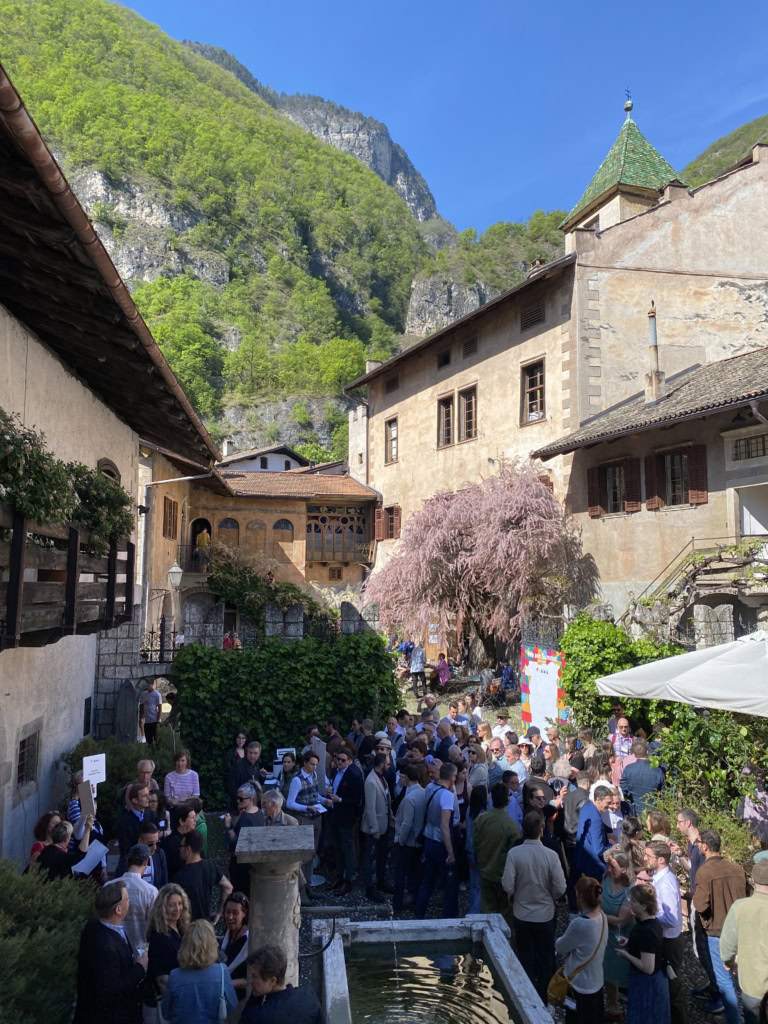
Gatherings dedicated to wines outside the mainstream have become ubiquitous. Even so, one fair seems to cut through the noise: Summa. This small event, held each spring ahead of the global trade convention Vinitaly, has established itself as the grande dame of the alternative wine scene. But it’s fair to ask: with so much competition, does Summa still shine? It’s early April and the sun glistens on the peaks of the Alps, which remain white even now. On the southbound train from Bozen, the mood is good. It’s 10 am but temperatures have already reached high-summer levels. Arriving in the…...
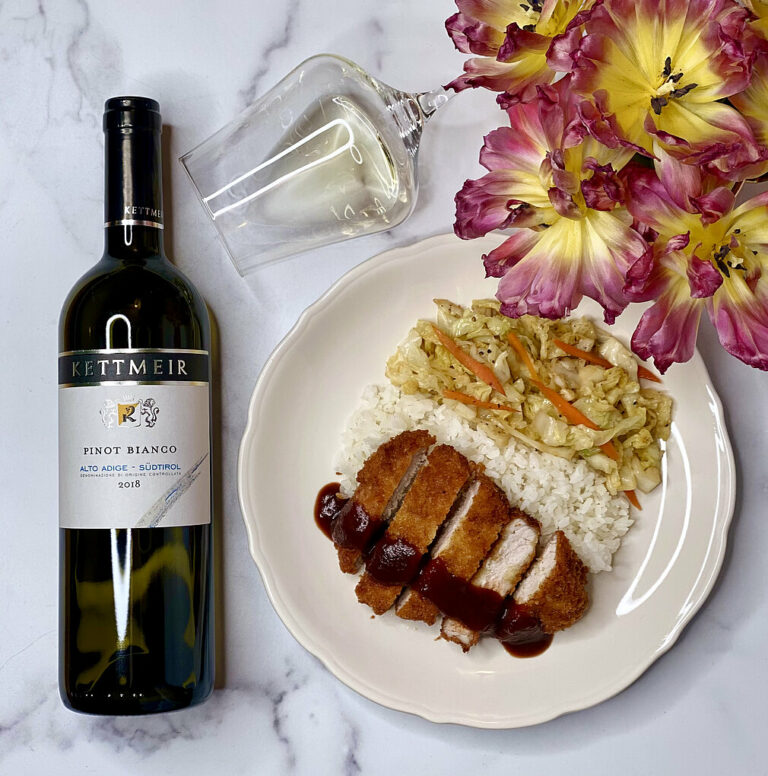
TRINK Magazine | Japanese Tonkatsu proves an ideal pairingwith 2018 Alto Adige's Kettmeir Pinot Bianco.
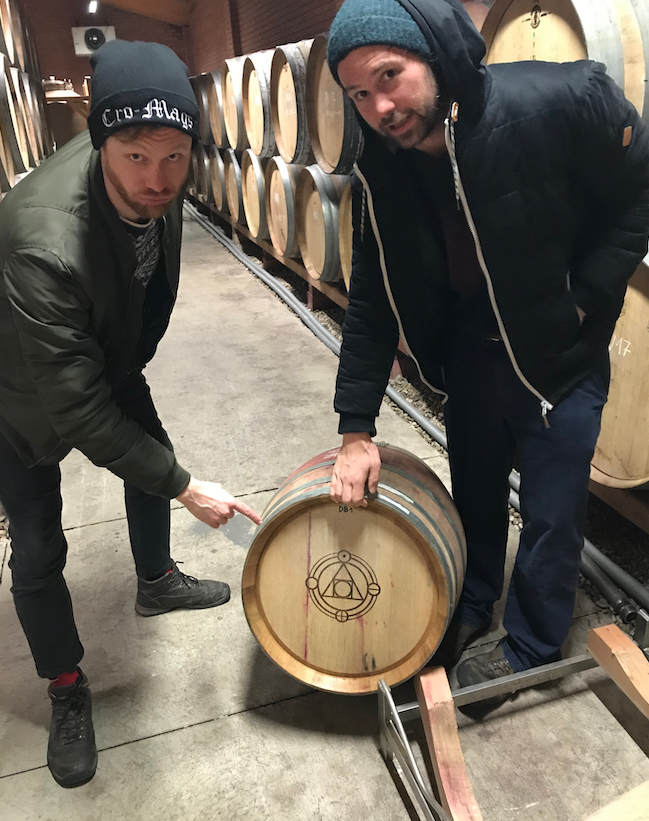
Shaping our wines is like sculpting: you start with a rock and you chisel out the sculpture,” Martin Nittnaus, 34, states confidently. The arts are never far away when you speak to the oldest son of winemakers Anita and Hans Nittnaus. Like his father, who dreamt of becoming a musician, Martin never planned on a life in wine. He went to university to study English literature and philosophy. But blood is thicker than water, and this year marked his sixth vintage working the plots his father gave to him and his brother, Andreas (Andi, 31). The Nittnaus estate is in Gols,…...
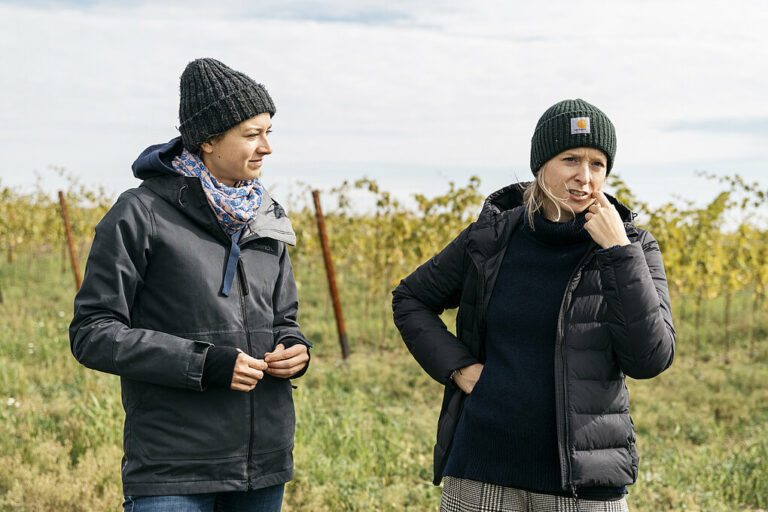
This article is an excerpted chapter from We Don’t Want Any Crap in Our Wine (2019). After the book went to print, the Rennersistas informed the author that Susanne Renner left the winery, which will now be run by siblings Stefanie and Georg. In 2015, Susanne and Stefanie Renner took over the family wine business in Gols, Austria and became their parents’ bosses. In short order, the sisters converted to biodynamics and created their own line of wines, Rennersistas, in addition to the family’s traditional red Renner cuvées. Ever since, Susanne and Stefanie have reveled in the freedom of making…...
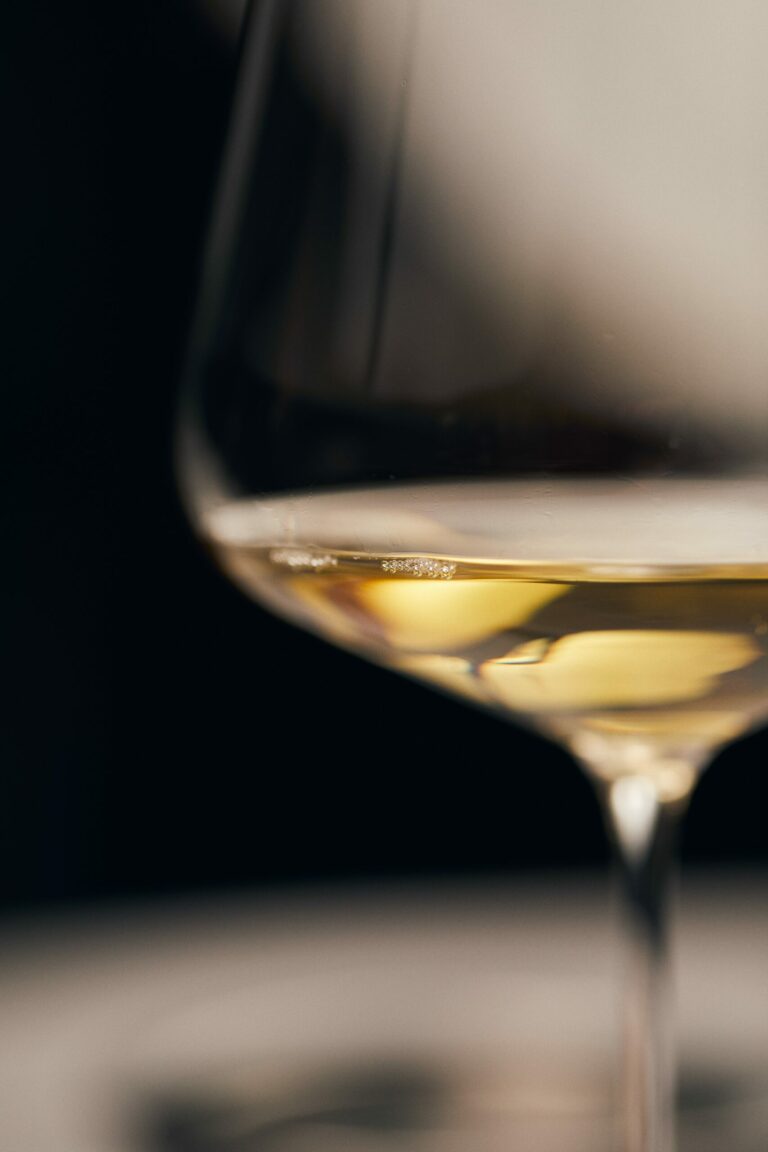
It’s an unfortunate paradox: the very climatic conditions that leave us thirsting for lightweight, refreshing and soul-satisfying dry wines render these hard to achieve. Yet, rather than leading the way in surmounting this viticultural challenge, Germany’s Riesling establishment routinely throws up roadblocks. That’s a crying shame. THE CURIOSITY OF “KABINETT” To understand what’s become of “Kabinett trocken,” we must first retrace the steps leading to “Kabinett.” “Cabinet,” as a term applied to German Riesling, dates to 18th-century Rheingau, a derivative of “Cabinetstück” (alternatively, “Kabinet[t]stück”), in use for diverse objects worth displaying in a cabinet of curiosities or, by extension, worthy literary and…...
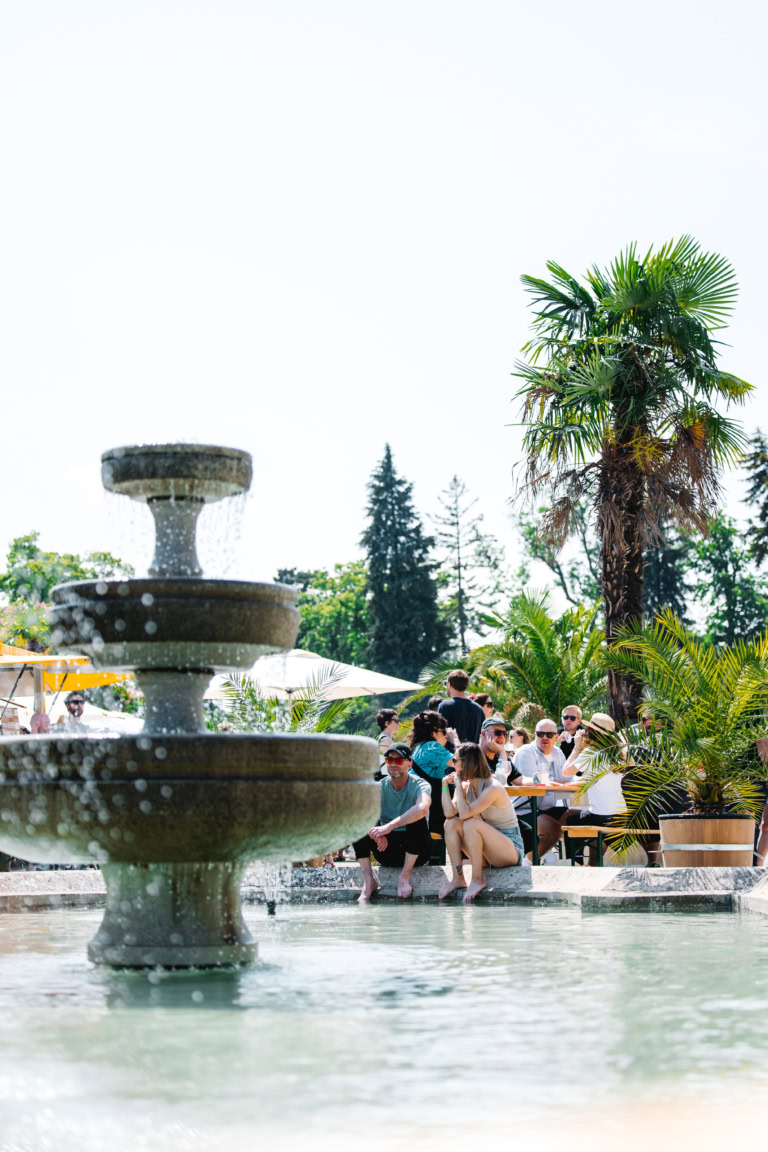
The festival where character meets connection over a glass of wine
Enjoy unlimited access to TRINK! | Subscribe Today